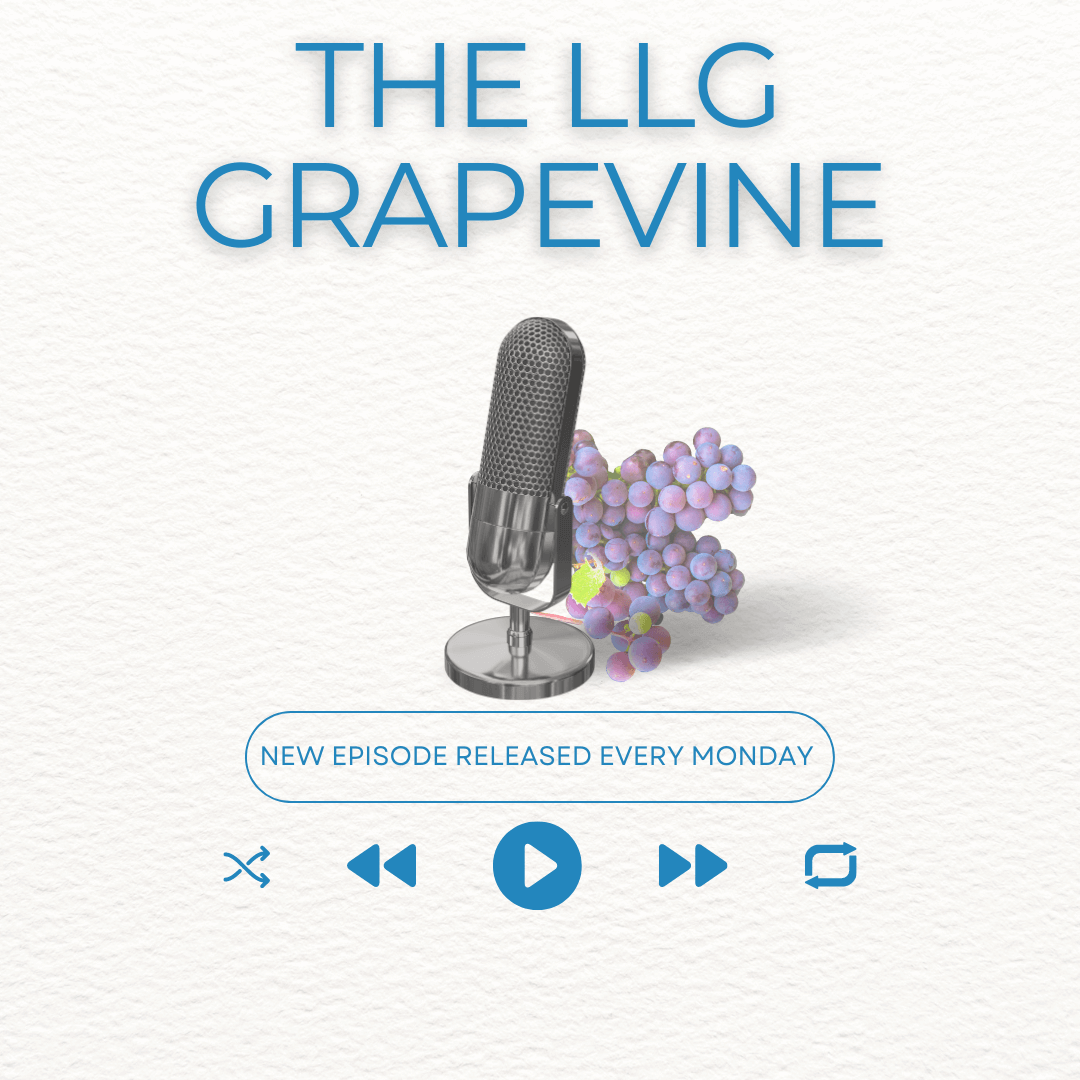


Transparency in procurement: is daylight the best disinfectant?
Sitting in a darkened auditorium at the rather wonderful Global Revolution conference at the University of Nottingham last summer, I was greatly interested to hear the plans explained by the UK Cabinet Office Reform Team in relation to "Transforming Public Procurement": the post-Brexit programme to reform our current public tendering rules. Ambitious in their breadth, but ultimately constrained by our membership of the World Trade Organisation's Agreement on Government Procurement, it is exciting to hear what is changing: which long-known irritants and "barriers" are going to be removed – and which well-loved provisions will remain (albeit expressed with a British accent(!))
One phrase used in the Cabinet Office's presentation in relation to their transparency ambitions was "daylight is the best disinfectant" (it might have been "sunlight" but sitting here at the beginning of February – I have forgotten what that is…). This phrase struck me and has been something I have come back to time and again since the conference and so I thought I would share my ponderings with you in this blog.
The phrase was first used by Louis Brandeis, an American litigator and Supreme Court Justice in the early 20th century (thanks Wikipedia!) and is clearly popular amongst parliamentary procurement professionals (try saying that quickly): having not only been used by the Cabinet Office, but also by Meg Hiller, chair of the Public Accounts Committee (the Parliamentary Committee responsible for examining the value for money of Government projects, programmes and service delivery) in a subsequent conference I attended (#procurementgeekalert).
In a post-pandemic world, we might (gently) quibble as to whether a generous dose of hand sanitiser is, actually, a better disinfectant than daylight – but the premise and the principle remain (particularly in a procurement rather than a pandemic sphere): if decision-making processes and their outcomes are disclosed there is a natural tendency for those in charge of running such processes and making such decisions to perform to a better standard than if they think such processes and decisions will be hidden away.
Whether this is actually the case, or whether anonymity allows decision-makers to act without fear or favour of political or other reprisals, I think, remains a moot point. Nevertheless, transparency is one of the cornerstones of our current procurement regime – and one that will assume enhanced importance and prominence under the new Procurement Act.
The Government's aim in 2023 is to embed transparency throughout the public procurement life cycle. This ambition is to ensure that transparency drives better value for money and is largely sighted on what is called a new procurement "noticing" regime: obliging contracting authorities to publish an extensive range of notices across the full lifecycle of a procurement and ensuing contract: from planning through to contract expiry. As currently drafted, this "noticing" regime involves 12 or so different notices, designed to be published on a central digital platform. There will also be additional publication requirements, designed to provide bidders and interested third parties with information regarding:
Government has also promised that publication of this information will "open up opportunities for SMEs, drive down prices, increase innovation, improve business landscapes, allow contracting authorities to collaborate better, drive value for money, identify cost savings, monitor for signs of waste and inefficiency AND allow taxpayers to see how much has been spent and with whom" ….
…Phew! The public sector will be awash with data (can this be converted into "information"?) and even if confined to larger contracts, the amount of information is likely to be significant for both provider and reader. To a large extent, the precise amount is not yet scoped: most of the transparency obligations are likely to be included in secondary legislation, which has not yet been published for consultation. But in the light of this partial legislative landscape, my general comments would be:
As a bit of a concluding ramble (and I would say this wouldn't I, as a lawyer…?!), I make three further observations:
It is my experience that the best "disinfectant" in terms of procurement compliance is not daylight, but the threat of swift and effective enforcement via judicial challenge. This was also recognised by the Cabinet Office in its Transforming Public Procurement Green Paper, where it indicated that the current court procedures would be updated and improved to ensure that procurement cases could be heard within an expedited timescale, saving time and money. However, as the required court reforms (supported by 100% of the clients we surveyed and interviewed post Green Paper) have not yet been implemented, this means that the new regime will be missing one of its key processes for ensuring effective enforcement. Further, with most procurement lawyers supporting the idea of a Procurement Tribunal (which would speed up the resolution of procurement claims and reduce the legal costs involved significantly), a key procedural aspect aimed at ensuring that procurement exercises comply with the rules, is absent from the current reform.
When considered in the light of the recent procurement decisions handed down by the Courts of England and Wales, the lack of court reform and an effective Procurement Tribunal moving forward may risk reducing the deterrent effect of a procurement challenge for contracting authorities and / or the hope of achieving the anticipated time and costs savings. For example, in the recent case of Braceurself, the Court lifted the automatic suspension, held that there was a breach of the Public Contracts Regulations 2015 and agreed that the breach had led to the claimant not winning the contract, but then declined to award damages, leaving the claimant without a remedy. On the other hand, whilst successful overall, the contracting authority had to defend its process involving significant time and cost. For the bidder, it would also have benefitted from a swifter process. Braceurself might be an extreme example but nevertheless demonstrates how a lengthy court process favours neither side ultimately, irrespective of the outcome.
Finally, the Procurement Review Unit and its role in improving the procurement landscape appears to be understaffed and under-resourced. We understand that the number of civil servants presently allocated to undertake the role of the PRU is likely to number 11. This level of investment in a body designed to scrutinise, guide and potentially chastise will need more effective resourcing to meet its remit and avoid accusation of political favouritism or ineffectiveness. Many procurement practitioners want the PRU to act as a procurement tribunal: addressing poor procurement on an individual and impactful manner. However, this won't be possible unless the PRU is more heavily invested in and its scope/remit is set at its widest possible extent.
I am excited for and supportive of the procurement reforms, but the assumption of the Procurement Bill seems to be that transparency will ensure compliance with the procurement rules and produce good procurement decisions: this is by no means guaranteed.
Rebecca Rees
Partner – Head of Public Procurement
rrees@trowers.com / 020 7423 8021

Podcast

VLOG